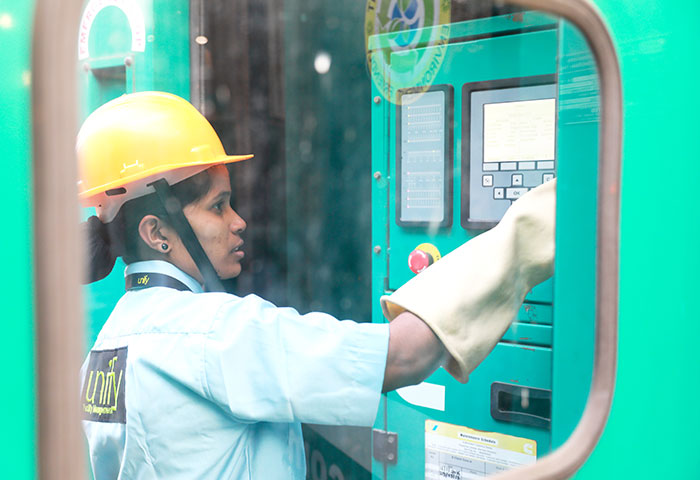Why Energy Efficient Facility Management is the Path to Prosperity?

Tags: integrated facility management in India
According to EIA’s International Energy Outlook 2020, India will have the fastest growth in building energy consumption by 2040. That means workplaces in India are growing towards heightened energy consumption. However, with the increased environmental tension and global warming, organisations across the country must counter the rise in energy consumption by reducing the carbon footprint of the workplaces.
- The need for energy conservation
Given the current state of the environment, organisations must focus on energy conservation and aim to reduce their carbon footprint and, eventually, turn into a carbon-neutral workplace.
Energy conservation within the workplace is undoubtedly beneficial for the environment and can help counter the effects of global warming. Additionally, the same adds several benefits to the organisation and its workplace; the following are some of the examples of how energy conservation can benefit an organisation:
- Reduced energy and water consumption
- Lowered energy bills
- Reduced carbon emissions
- Compliance with new legislation and codes of practice
- Healthier working environment for the employees
- Increased capital savings that would otherwise be spent on maintenance
- Reduced chances of critical system breakdowns
- Improved brand credibility, and much more
- Facility management for energy efficiency
There are several ways an organisation can reduce its carbon footprint, but one of the most effective ways for doing so is via an energy-efficient facility management program. Facility management steps in to ensure the building and its systems are operating efficiently in several ways, such as the following:
1. Building management system
With the help of a building management system (BMS), facility managers can strategically assess long-term outcomes and promote a facility culture that ensures quality and efficiency. The BMS allows them to manage the various resources at work within the facility while allowing them to adhere to various standards like the Global Real Estate Sustainability Benchmark (GRESB) standard.
2. Green building initiatives
Next, facility managers upgrade the facility to be more environmentally friendly and energy efficient. For instance, the managers may upgrade the insulation to be more resilient to weather conditions, service the HVAC system with better components, integrate other energy-conserving technologies such as solar cells, motion and occupancy sensors, tinted windows, and much more. Such green initiatives go a long way in improving the energy efficiency of the facility.
3. Proactive maintenance
Often, organisations fix problems when they occur within the facility; however, a dedicated facility management team can help the organisation prevent such issues in the first place—the team helps them be proactive with their maintenance as opposed to reactive.
4. IoT integration
Lastly, the facility management team can help the organisation integrate the Internet of Technology within their workplace, ensuring a connected, automated, and straightforward maintenance and management of the facility. With the help of IoT and AI, the facility can ensure maximum energy efficiency.
India has been one of the earliest adopters of green technology. With the help of an integrated facility management team, organisations can go one step further in adopting green technology and initiatives. With the help of such green initiatives, the organisation can improve the employees’ work experience, reduce overhead operating costs, and more. Reach out to Unify to know more about integrated facility management in India.
